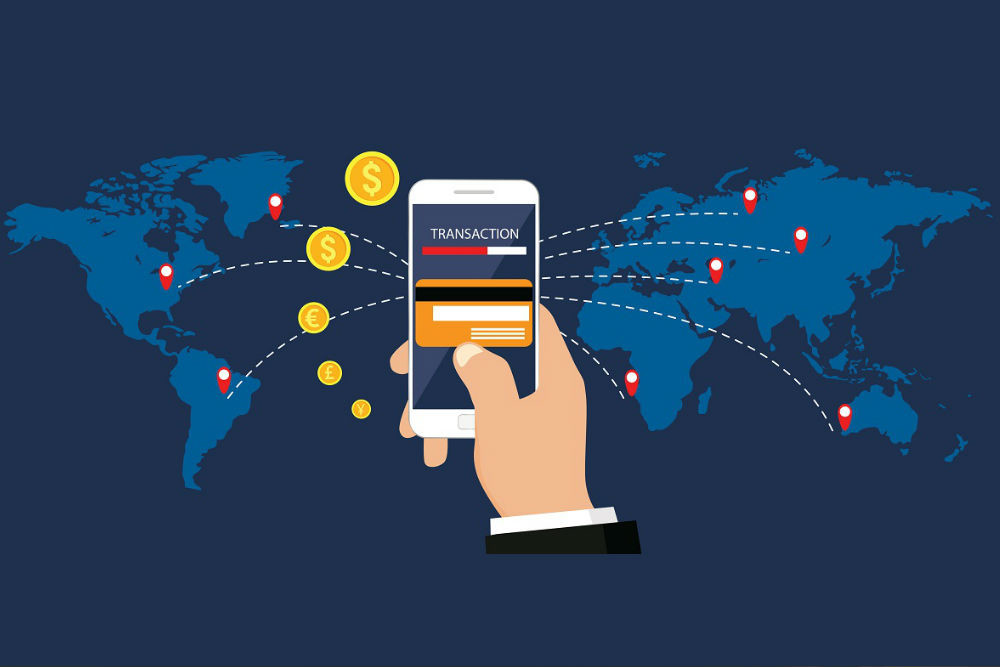The distributed ledger technology is again showing signs of massive innovation and radicalization of many industries. According to new reports, blockchain can be used to trace foods and help countries evaluate their storages.
Food supply chains have been vulnerable long before the coronavirus pandemic. Recent scandals included modern slavery in Vietnamese fisheries as well as the problem with child labor in the cocoa industry. However, the most well known fraud was perhaps the UK’s horsemeat scandal of 2013, where around 60% of the products labeled as beef were actually horse.
Blockchain can be used to prevent all of this, however, acceptance is needed for the technology to be adopted. In times when there are just so many cases like these, the technology can work with detailed information on where the food comes from. The blockchain news now show that the tamper-proof online technology can log information which is the basis of cryptocurrencies like Bitcoin (BTC) now.

Certain jurisdictions such as the EU now require that all food products should be traceable to source. In the absence of a technology like blockchain, the most common way of food tracing has been to use digital tagging systems such as RFID (radio frequency identification) or QR (quick response) codes.
However, blockchain can be used to help all of this and enable vendor firms to know where products have been and when, but they don’t let them see what actually happens at each node in a supply chain. This points to a competitive advantage for many manufacturers that are offering richer and more reliable information to vendors and consumers, which is why some have been combining digital tagging with blockchains.
The industry definitely needs to show everyone that it is the best way to track food. We are already seeing firms such as Nestle working with blockchain developers to trace foods – the Shanghai-based Techrock in this case – and incorporate the technology into its NAN A2 baby formula. Once the product hit the shelves, the consumers could scan the chip using mobile phones to get all the information, even with a photo of what the package should look like.
Still, the remaining challenges include adoption and regulation. In times when there are no agreed standards or governance, regulators should do their best to recognize blockchain and its benefits in this industry.
DC Forecasts is a leader in many crypto news categories, striving for the highest journalistic standards and abiding by a strict set of editorial policies. If you are interested to offer your expertise or contribute to our news website, feel free to contact us at editor@dcforecasts.com























Discussion about this post